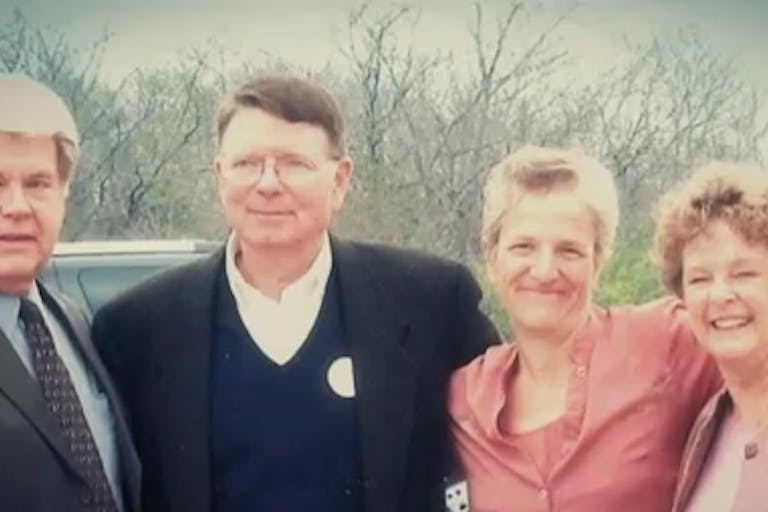
Judge denies anonymity for victim of forced abortion
Cassy Cooke
·
Celebrating a gruesome profession: After Tiller acclaimed at Sundance
One may think, based on its title, that the film After Tiller is a tribute to the lives that were lost at the end of abortionist George Tiller’s forceps, or that it’s a testimony reminding us that pro-lifers contradict themselves when they attempt to answer violence with violence (as was the case in this late-term abortionist’s murder). Perhaps, even, one might think that a film with this title is about the hotly debated topic of what is going to happen with Tiller’s Kansas abortion business now that he’s gone.
But it seems unlikely that anyone – on either side of the abortion debate – would have expected the film to be an approving commemoration of Tiller’s gruesome profession. Considering how few Americans approve of late-term abortion, it is even more shocking that this film was met with such acclaim at the Sundance Film Festival, where the stars of the show – late-term abortionists – were received with admiration and support.
(L to R) LeRoy Carhart, George Tiller, Susan Robinson, Shelly Sella
The four abortionists (three pictured on the right with George Tiller) had a photo op at the Festival, and most of them could be seen smiling away as they celebrated their horrific daily work.
Article continues below
Dear Reader,
In 2026, Live Action is heading straight where the battle is fiercest: college campuses.
We have a bold initiative to establish 100 Live Action campus chapters within the next year, and your partnership will make it a success!
Your support today will help train and equip young leaders, bring Live Action’s educational content into academic environments, host on-campus events and debates, and empower students to challenge the pro-abortion status quo with truth and compassion.
Invest in pro-life grassroots outreach and cultural formation with your TRIPLED year-end gift!
After Tiller chronicles the daily lives of four late-term abortionists (LeRoy Carhart, Warren Hern, Shelly Sella, and Susan Robinson, dubbed “the last four” in the United States) in the wake of George Tiller’s murder. Attempting to incite in the viewer a twisted sympathy for the challenges that these abortionists face in carrying out their businesses, the film conveniently sets aside the dangers to the mother, violence to the child, and emotional aftermath to all involved that third-trimester abortions perpetrate.
Not only has After Tiller been praised; it has afforded these last four late-term abortionists in the U.S. a kind of celebrity status so ironic that it brings to mind images of the twisted support of the Third Reich for Dr. Mengele, the Holocaust’s “Angel of Death.” The production company states that the film was made “in the name of choice,” and one of the co-directors states that “part of the reason [the abortionists] agreed to participate in this film was actually to show that they are proud of the work that they do[.]”
Perhaps the most ironic element to the film is the fact that it attempts to incite a sense of compassion and concern for these late-term abortionists when they go to work every day to rip apart fully formed, viable babies piece by bloody piece.
Who should really be frightened in this scenario: the abortionist, or his victim?
Live Action News is pro-life news and commentary from a pro-life perspective.
Contact editor@liveaction.org for questions, corrections, or if you are seeking permission to reprint any Live Action News content.
Guest Articles: To submit a guest article to Live Action News, email editor@liveaction.org with an attached Word document of 800-1000 words. Please also attach any photos relevant to your submission if applicable. If your submission is accepted for publication, you will be notified within three weeks. Guest articles are not compensated (see our Open License Agreement). Thank you for your interest in Live Action News!

Cassy Cooke
·
Media
Cassy Cooke
·
Media
Cassy Cooke
·
Human Interest
Kelli Keane
·
Analysis
Sheena Rodriguez
·
Analysis
Cassy Cooke
·
Human Interest
Lauren Enriquez
·
Activism
Lauren Enriquez
·
Activism
Lauren Enriquez
·
Activism
Lauren Enriquez
·
Lauren Enriquez
·